Home>Storage & Organization>Kitchen Organizing Tools>Where To Keep The Litter Box
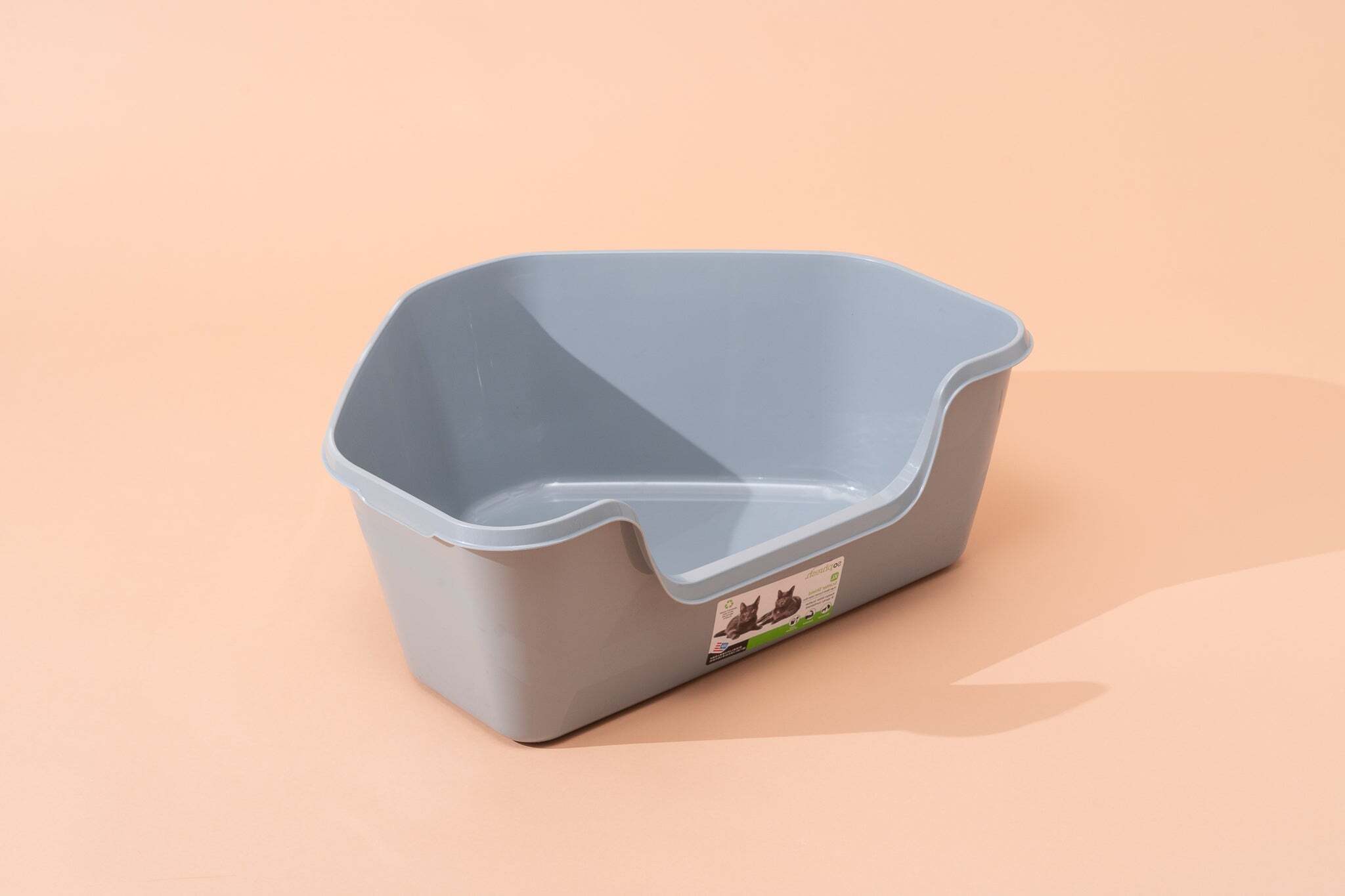

Kitchen Organizing Tools
Where To Keep The Litter Box
Modified: March 2, 2024
Discover the best kitchen organizing tools for discreetly housing your litter box. Keep your space tidy and odor-free with these clever solutions.
(Many of the links in this article redirect to a specific reviewed product. Your purchase of these products through affiliate links helps to generate commission for Storables.com, at no extra cost. Learn more)
Introduction
When it comes to maintaining a clean and organized kitchen, having the right tools at your disposal is essential. One often overlooked but crucial tool for kitchen organization is the humble kitchen drawer organizer. With the right organizer, you can transform cluttered, chaotic drawers into streamlined, efficient spaces where every utensil and tool has its place.
In this article, we will explore the various types of kitchen drawer organizers available, their benefits, and how to choose the best one for your needs. Whether you're a culinary enthusiast with a vast collection of gadgets or someone looking to maximize the storage potential of a small kitchen, a well-chosen drawer organizer can make a world of difference.
So, let's dive into the world of kitchen drawer organizers and discover how these simple yet ingenious tools can revolutionize the way you organize your kitchen.
Key Takeaways:
- Choose a quiet, low-traffic spot for your cat’s litter box to keep them comfortable and maintain a harmonious living environment.
- Avoid placing the litter box in noisy, high-traffic, or confined areas to prevent stress and promote healthy litter box habits for your cat.
Read more: How To Keep Litter In A Litter Box
Considerations for Choosing a Location
When it comes to deciding where to place the litter box in your home, several important considerations should guide your decision. The location of the litter box can significantly impact your cat's comfort and your overall living environment. Here are some key factors to keep in mind when choosing the ideal spot for the litter box:
-
Privacy and Accessibility: Cats value their privacy, so it's essential to place the litter box in a quiet and secluded area where your feline friend can do their business without feeling exposed. At the same time, the location should be easily accessible to your cat, especially if they are older or have mobility issues.
-
Odor Control: The chosen location should allow for proper ventilation to minimize odors. Placing the litter box in a well-ventilated area can help prevent unpleasant smells from permeating your living space.
-
Avoid High-Traffic Areas: While it may be tempting to position the litter box in a convenient or central location, it's best to avoid high-traffic areas. Cats prefer to use the litter box in a calm and undisturbed environment, so placing it in a busy area may lead to reluctance or anxiety.
-
Separation from Food and Water: Cats are naturally clean animals and prefer to have their eating and elimination areas separate. To respect this preference, it's important to place the litter box away from your cat's food and water bowls.
-
Multiple Cats: If you have multiple cats, it's crucial to provide enough litter boxes to accommodate each feline resident. The general rule of thumb is to have one litter box per cat plus an additional box to prevent competition and territorial issues.
-
Easy Maintenance: Consider the practicality of the location in terms of cleaning and maintenance. Placing the litter box in an easily accessible area will make it simpler for you to keep it clean and ensure a hygienic environment for your cat.
-
Avoid Noisy or Confined Spaces: Cats may be deterred from using the litter box if it's located in a noisy or confined area. Opt for a location that offers a sense of openness and tranquility.
By taking these considerations into account, you can select an optimal location for the litter box that promotes your cat's well-being and integrates seamlessly into your home environment.
Best Places to Keep the Litter Box
When it comes to determining the best locations to position the litter box in your home, several options stand out as ideal choices. These locations not only cater to your cat's needs but also contribute to a harmonious living environment for both you and your feline companion.
-
Quiet and Secluded Room: A quiet and secluded room, such as a spare bathroom or a dedicated cat room, provides an excellent setting for the litter box. These spaces offer the privacy and tranquility that cats prefer when attending to their toileting needs. Additionally, the controlled environment allows for easy monitoring and maintenance of the litter box.
-
Low-Traffic Areas: Selecting a low-traffic area, such as a corner of the laundry room or a secluded hallway, can be an effective choice. Cats appreciate undisturbed surroundings when using the litter box, and positioning it in a low-traffic area helps create a calm and private space for this essential activity.
-
Well-Ventilated Spaces: Areas with adequate ventilation, such as a well-ventilated closet or a corner with good airflow, are favorable locations for the litter box. Proper ventilation helps minimize odors and ensures a fresh and inviting environment for your cat's litter box usage.
-
Accessible Yet Private Spots: Identifying accessible yet private spots, such as under a staircase or in a quiet corner of the living room, can strike a balance between convenience and seclusion. These locations allow your cat to reach the litter box easily while still providing the desired level of privacy.
-
Designated Cat Enclosures: For cat owners with ample space, creating designated cat enclosures or catios can offer an ideal setting for the litter box. These enclosed outdoor spaces or indoor play areas provide a natural and stimulating environment for cats to relieve themselves while enjoying the benefits of fresh air and natural light.
-
Multiple Litter Box Stations: In households with multiple cats, establishing multiple litter box stations in different areas of the home is essential. Distributing the litter boxes across various locations helps prevent competition and territorial disputes among cats, ensuring that each feline companion has access to a private and undisturbed toileting area.
By strategically placing the litter box in one of these optimal locations, you can create a comfortable and inviting space for your cat while maintaining a harmonious living environment for both you and your furry friend.
Place the litter box in a quiet, easily accessible area, away from high traffic and loud noises. Keep it away from food and water bowls to prevent contamination.
Worst Places to Keep the Litter Box
Placing the litter box in certain areas of your home can lead to undesirable outcomes for both you and your feline companion. It's crucial to avoid these locations to ensure that your cat feels comfortable and secure while maintaining a hygienic and harmonious living environment. Here are the worst places to keep the litter box:
-
High-Traffic Areas: Positioning the litter box in high-traffic zones, such as the main living room or near frequently used entryways, can create stress and discomfort for your cat. Cats prefer quiet and undisturbed environments for their toileting activities, and placing the litter box in a high-traffic area may lead to reluctance or anxiety, resulting in potential accidents outside the box.
-
Noisy or Confined Spaces: Cats are sensitive to their surroundings, and placing the litter box in noisy or confined areas, such as near loud appliances or in tight corners, can deter them from using it. Cats appreciate a sense of openness and tranquility when attending to their toileting needs, and a noisy or confined space may cause them to seek alternative locations for elimination.
-
Close Proximity to Food and Water Bowls: Cats have a natural inclination to keep their eating and elimination areas separate. Placing the litter box near your cat's food and water bowls can create a sense of discomfort and unease, potentially leading to aversion to the litter box and disturbances in your cat's eating and drinking habits.
-
Unventilated or Enclosed Areas: Inadequately ventilated or enclosed spaces, such as closets without proper airflow or tight corners with limited ventilation, can exacerbate odors and create an unpleasant environment for both you and your cat. Proper ventilation is essential for minimizing odors and ensuring a fresh and inviting space for your cat's litter box usage.
-
Near Loud or Startling Objects: Placing the litter box near loud or startling objects, such as washing machines, dryers, or heating units, can cause anxiety and reluctance in cats. Sudden noises or vibrations from these objects may disrupt your cat's toileting routine and lead to aversion to the litter box.
-
Children's Play Areas: Keeping the litter box in children's play areas or spaces frequented by young family members can lead to disturbances and potential accidents. Cats prefer quiet and uninterrupted environments for their toileting activities, and the presence of children or frequent activity in these areas may cause stress and reluctance in using the litter box.
By avoiding these worst places and instead opting for optimal locations that prioritize your cat's comfort and well-being, you can create a positive and hygienic environment that promotes healthy litter box habits and fosters a harmonious coexistence between you and your feline companion.
Conclusion
In conclusion, the placement of the litter box in your home plays a pivotal role in ensuring your cat's comfort, well-being, and overall hygiene within your living space. By carefully considering factors such as privacy, accessibility, ventilation, and the avoidance of high-traffic or confined areas, you can create an environment that promotes healthy litter box habits and fosters a harmonious relationship between you and your feline companion.
Optimal locations for the litter box, such as quiet and secluded rooms, low-traffic areas, and well-ventilated spaces, offer the privacy and tranquility that cats naturally seek when attending to their toileting needs. These locations not only cater to your cat's preferences but also contribute to a clean and inviting environment for both you and your furry friend.
Conversely, it is crucial to steer clear of the worst places to keep the litter box, including high-traffic areas, noisy or confined spaces, and areas in close proximity to food and water bowls. Avoiding these locations can help prevent stress, anxiety, and potential aversion to the litter box, ultimately fostering a positive and hygienic environment for your cat's toileting activities.
By strategically placing the litter box in an optimal location and avoiding unfavorable areas, you can create a comfortable and inviting space for your cat while maintaining a harmonious living environment. Additionally, for households with multiple cats, providing multiple litter box stations in various areas of the home is essential to prevent competition and territorial disputes among feline companions.
Ultimately, the thoughtful selection of the litter box's placement reflects your commitment to your cat's well-being and contributes to a clean, organized, and cat-friendly home. By prioritizing your cat's comfort and hygiene, you can establish a positive environment that supports healthy litter box habits and strengthens the bond between you and your beloved feline companion.
Frequently Asked Questions about Where To Keep The Litter Box
Was this page helpful?
At Storables.com, we guarantee accurate and reliable information. Our content, validated by Expert Board Contributors, is crafted following stringent Editorial Policies. We're committed to providing you with well-researched, expert-backed insights for all your informational needs.
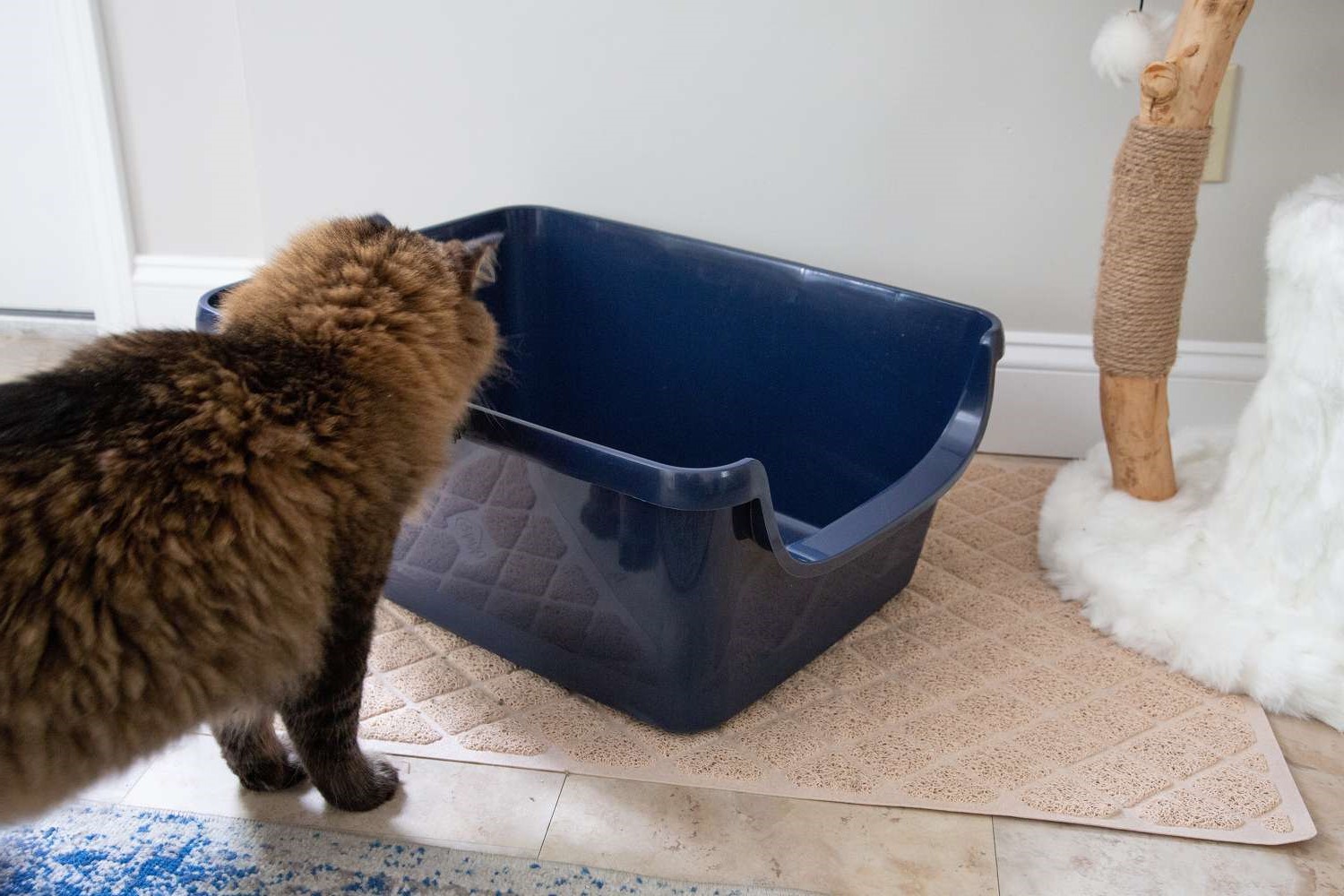
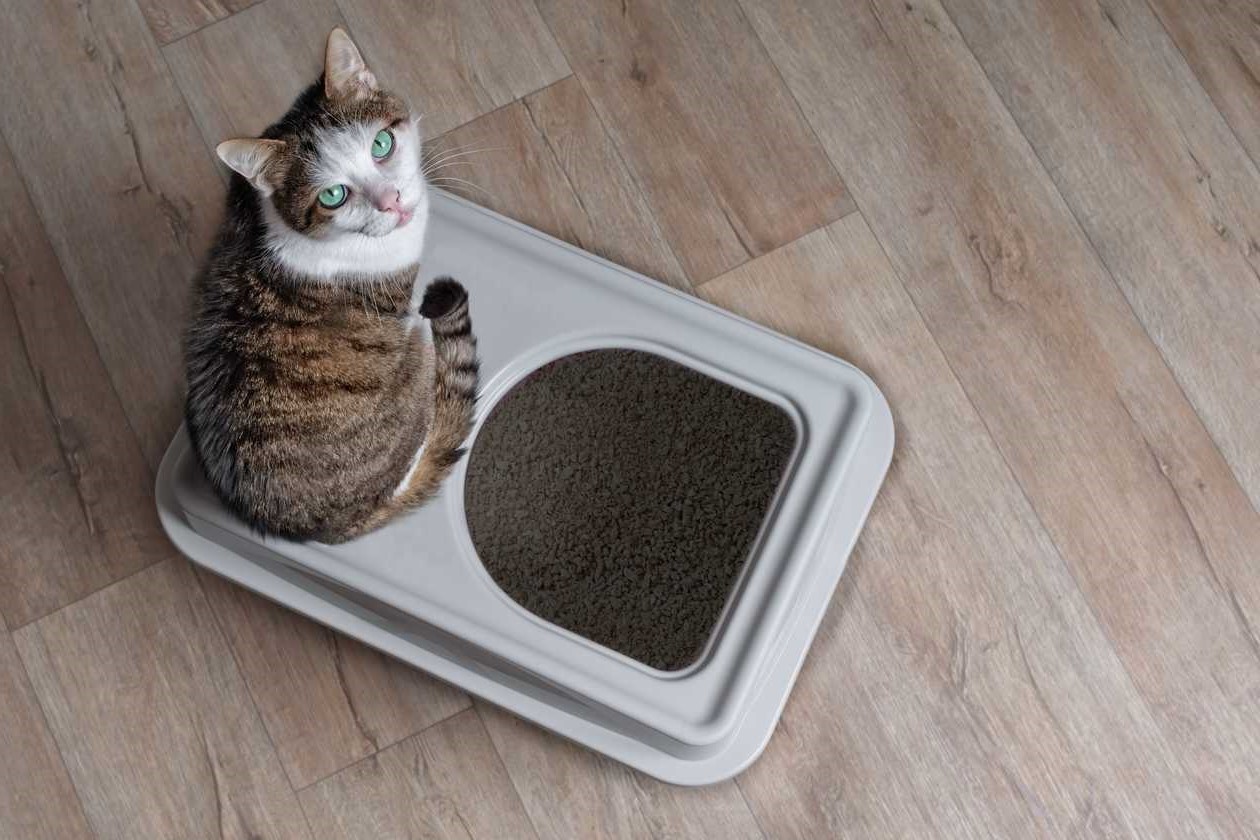
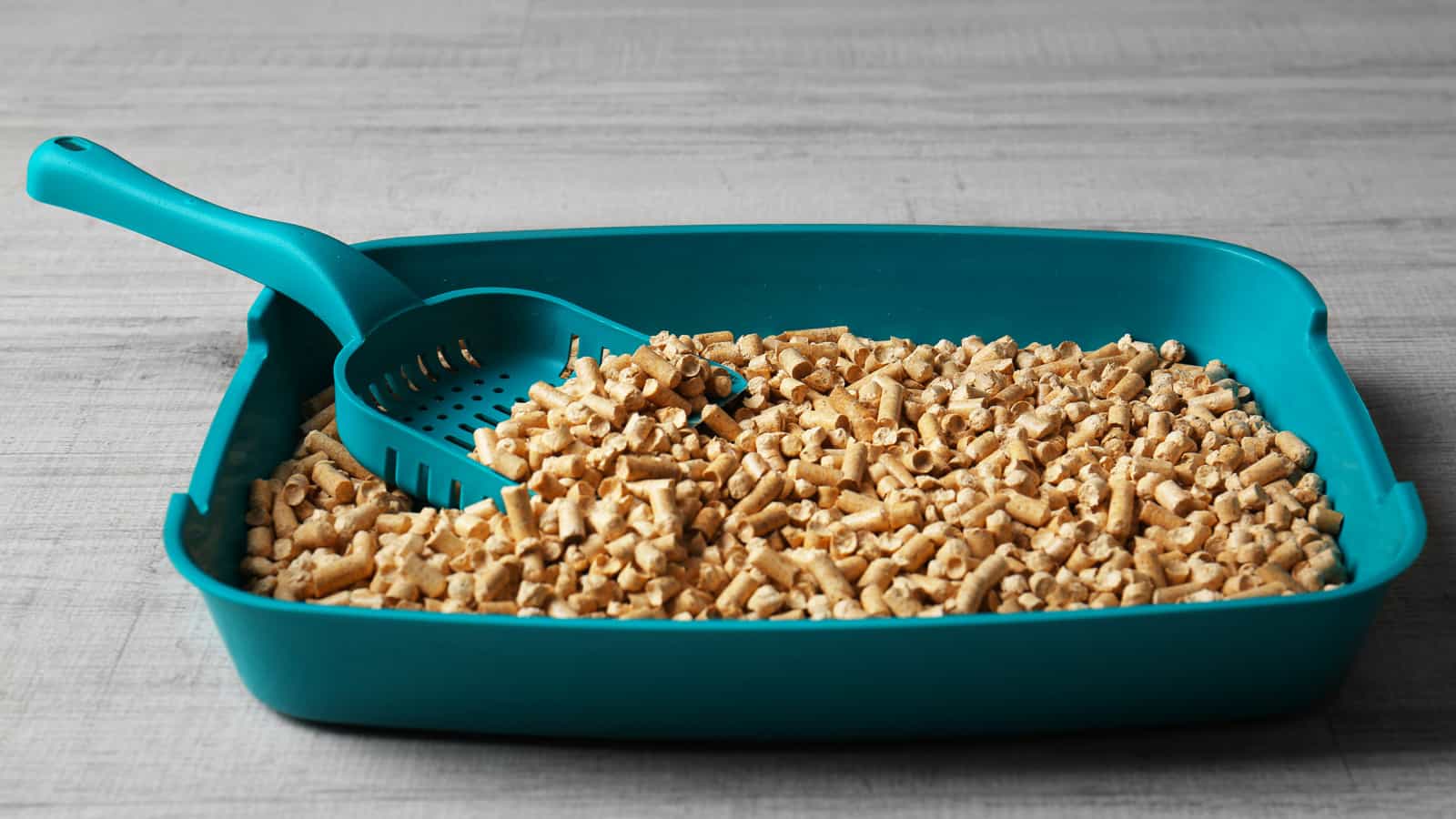
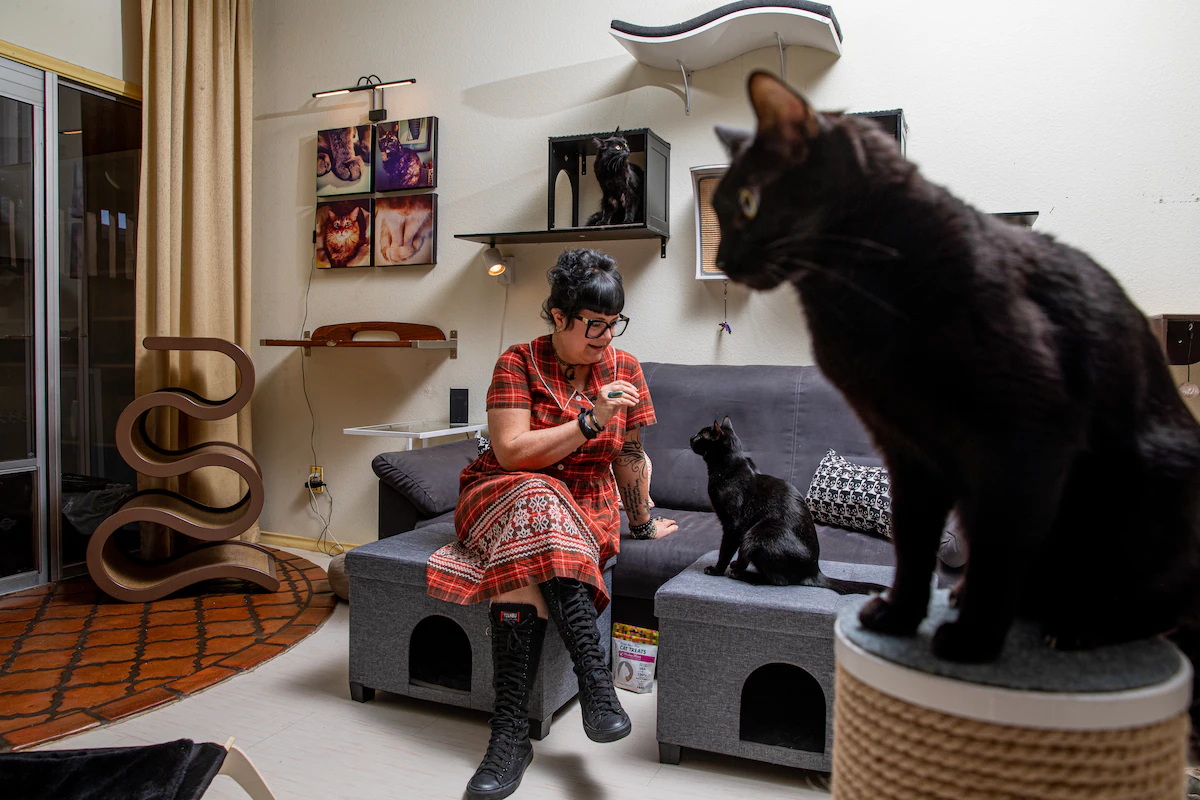
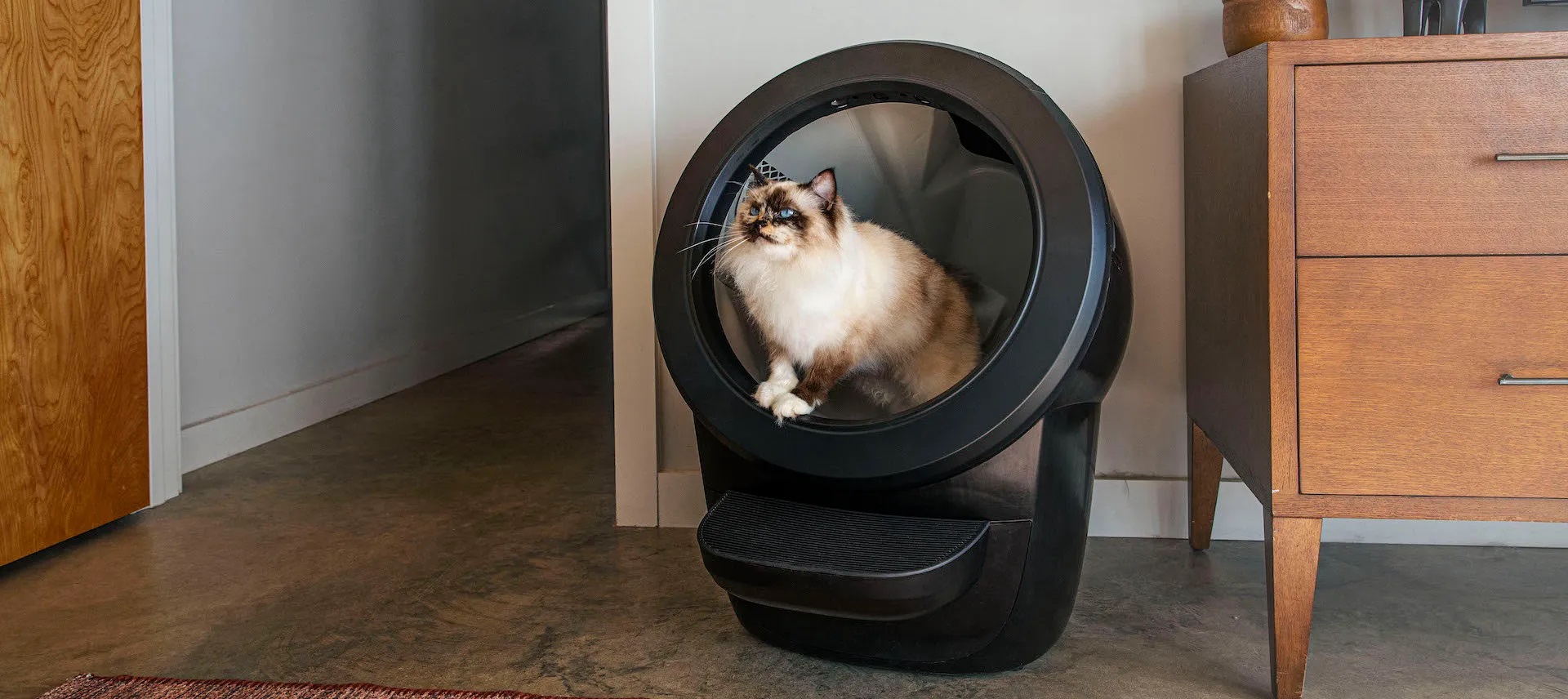
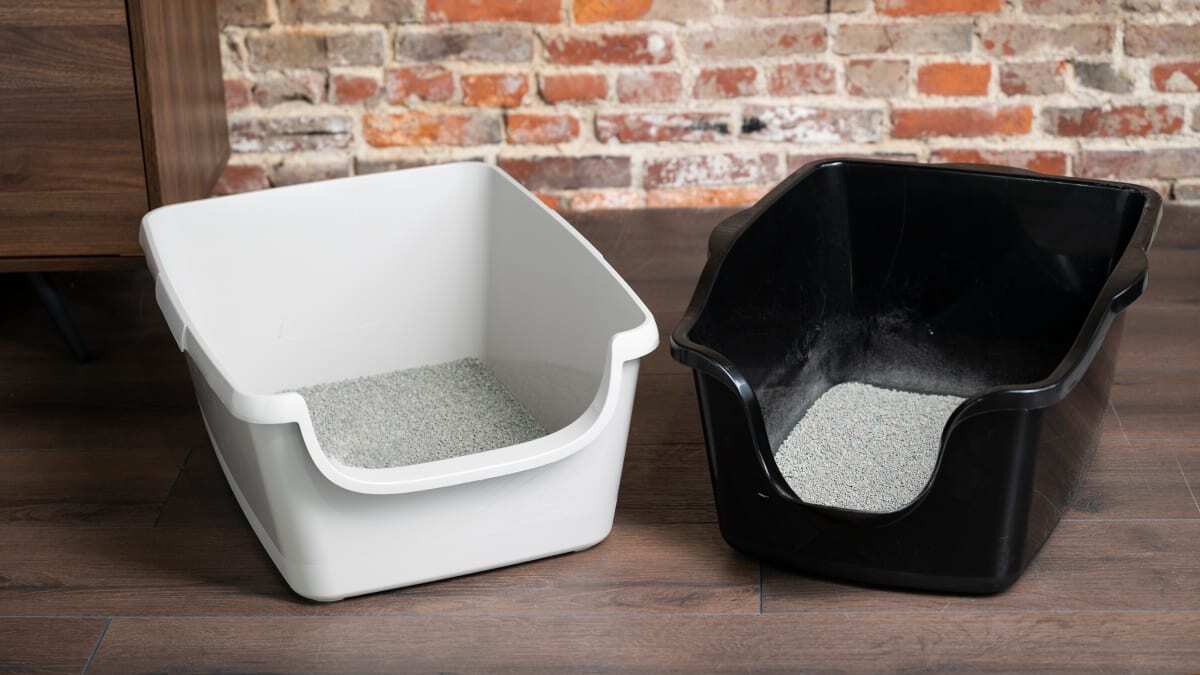
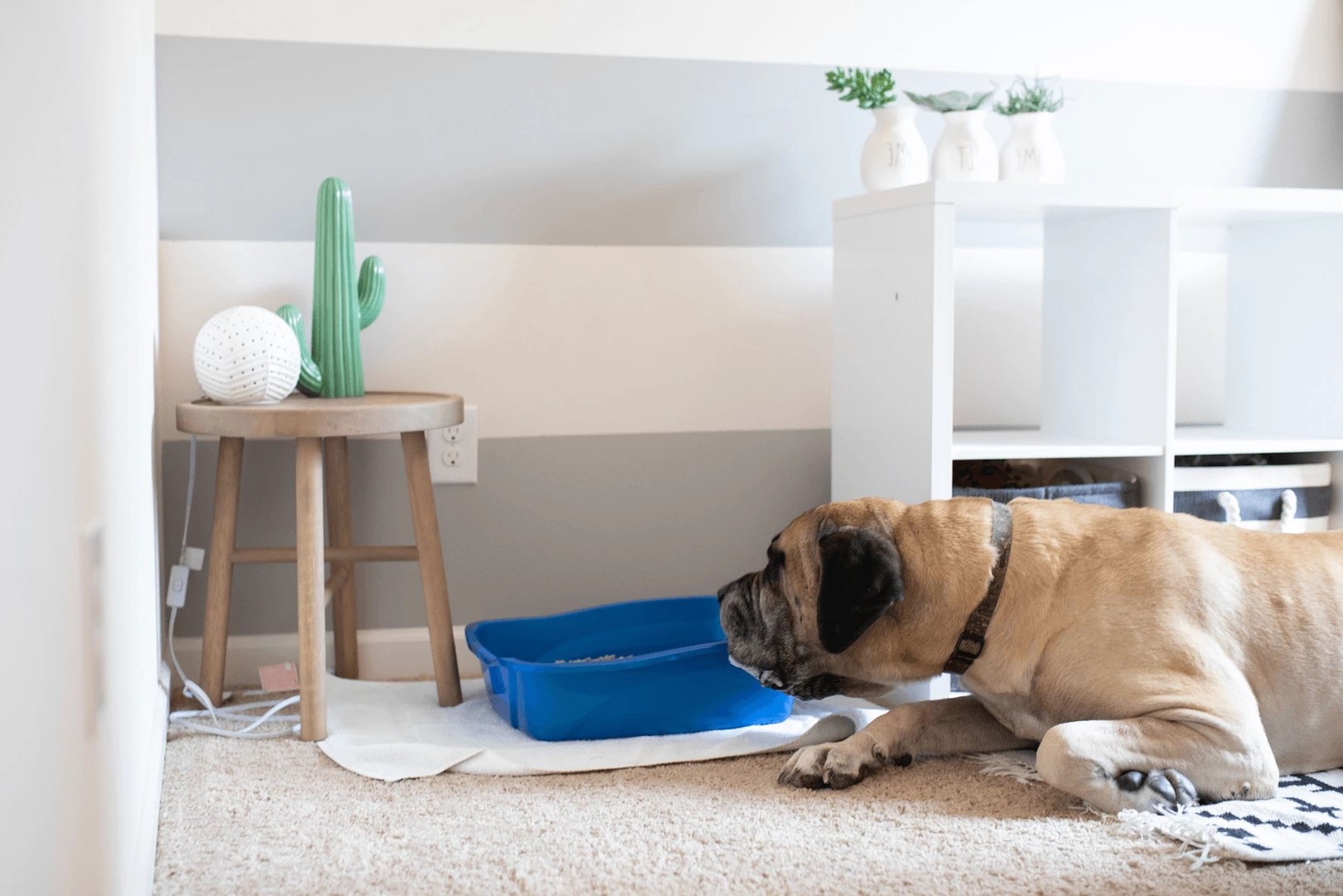
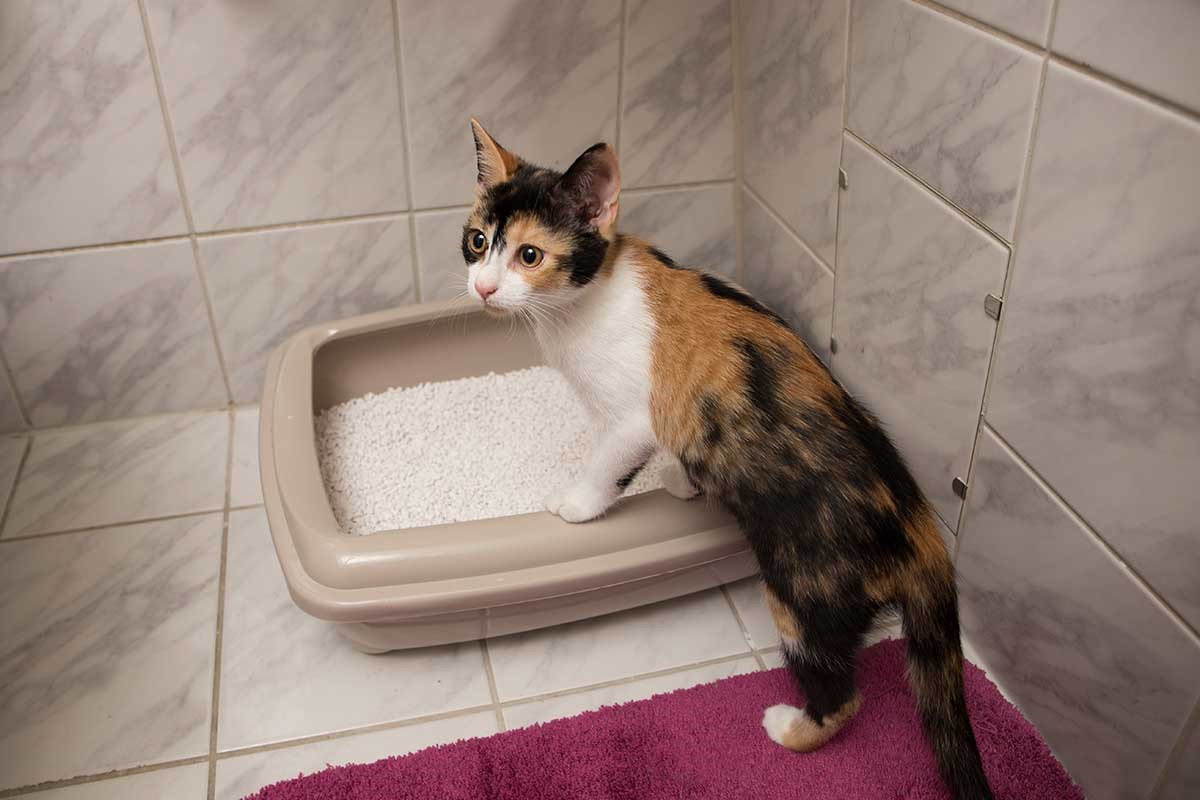
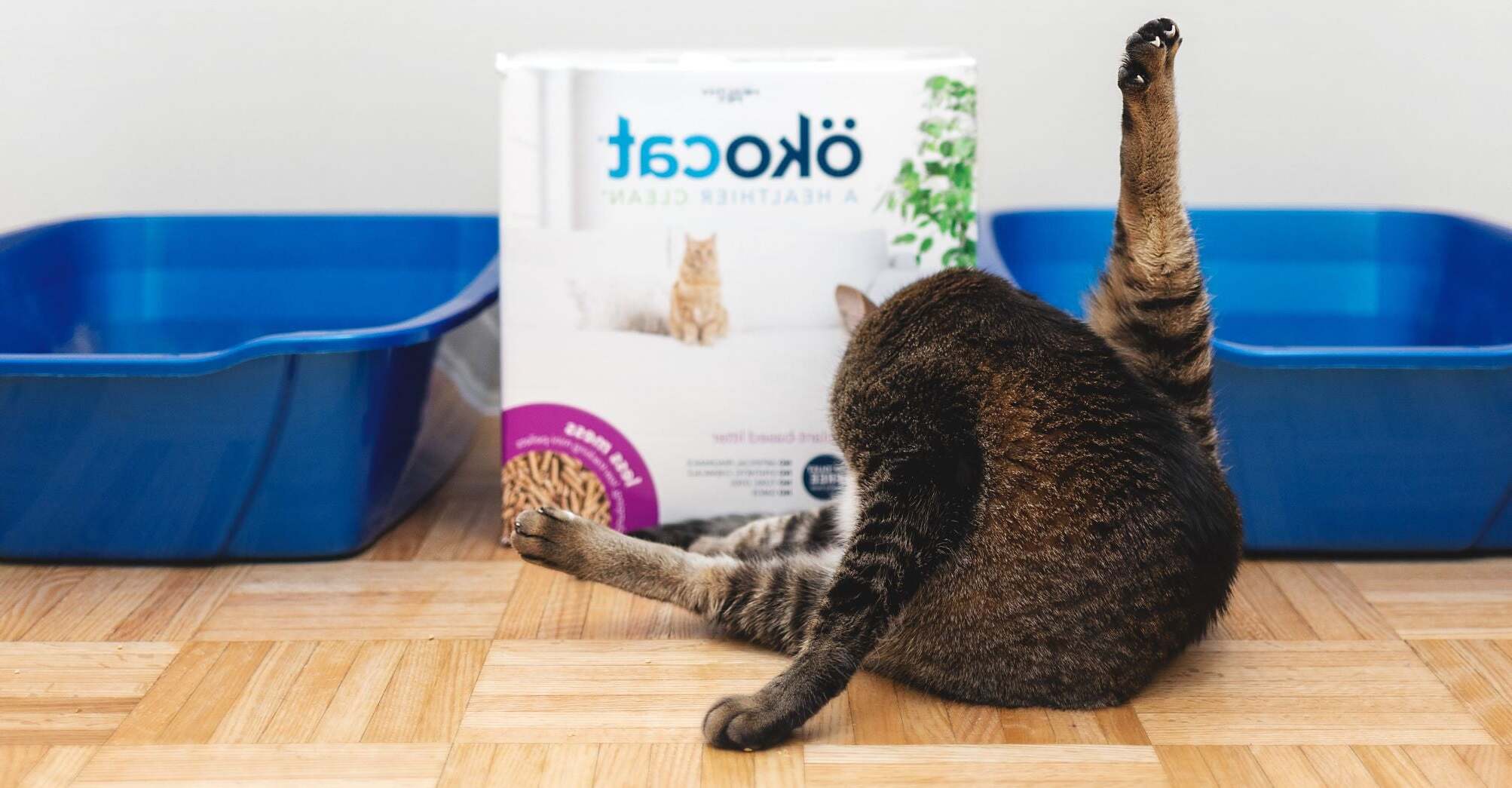
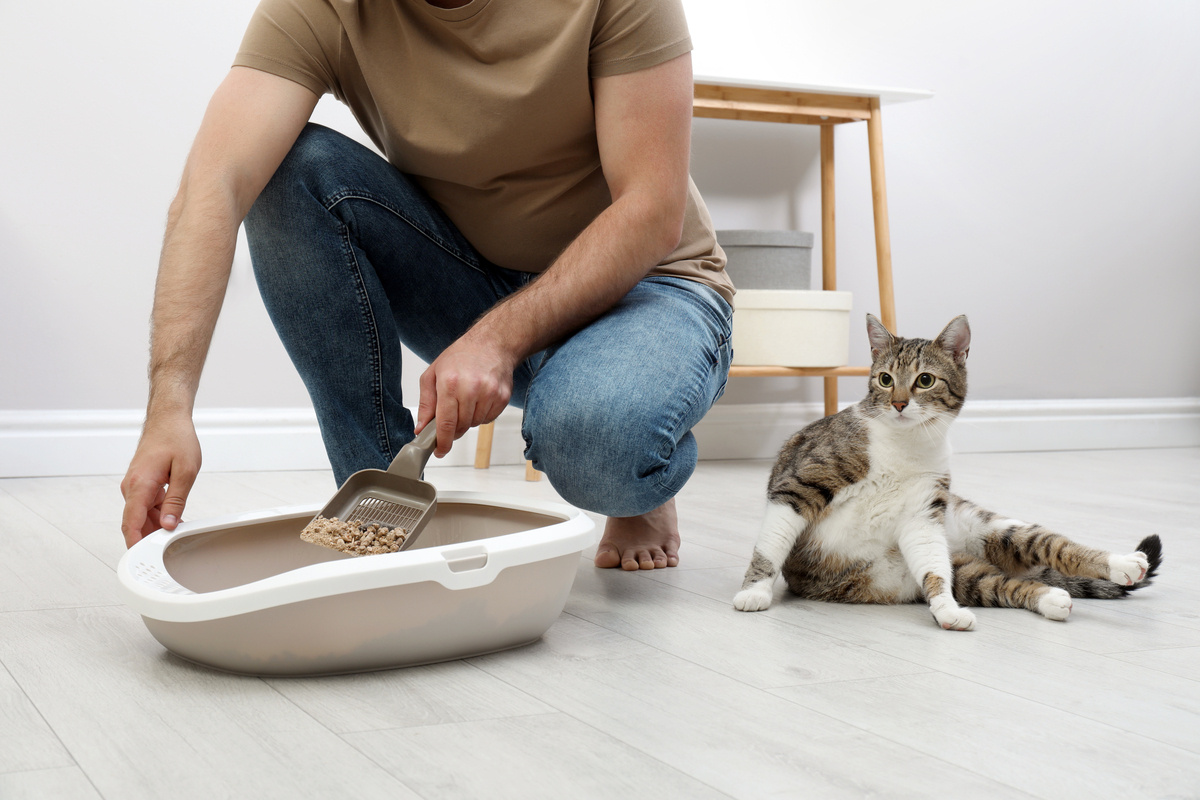
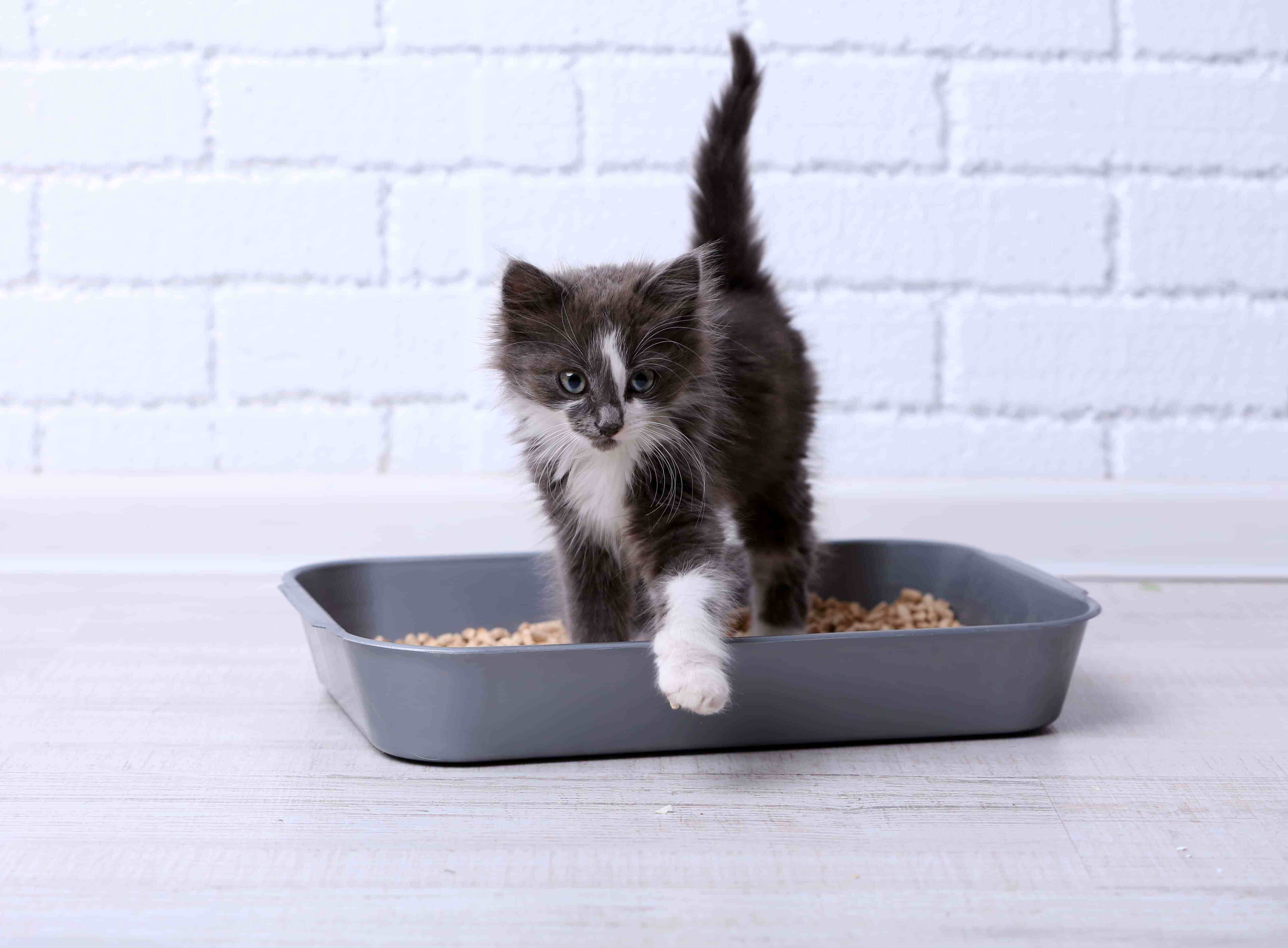
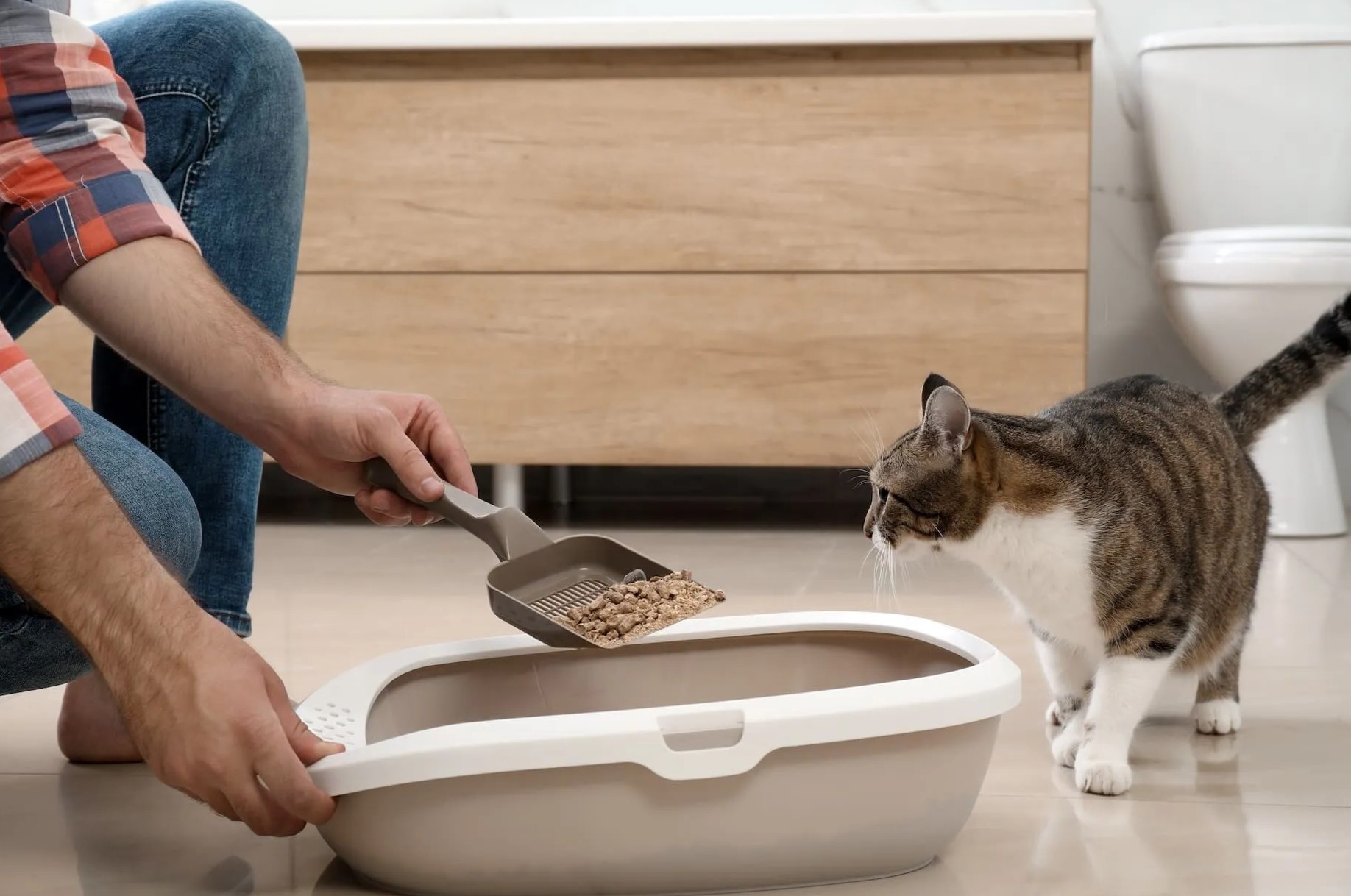
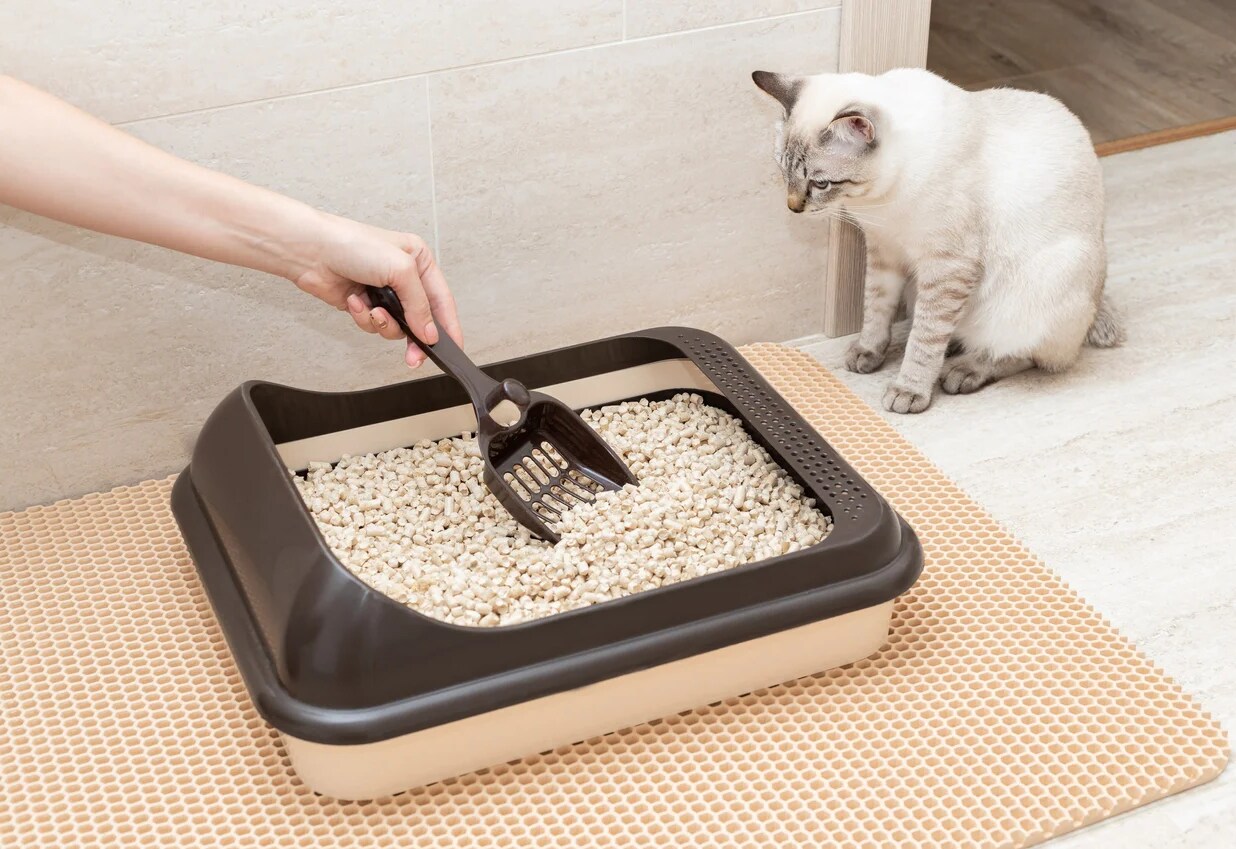
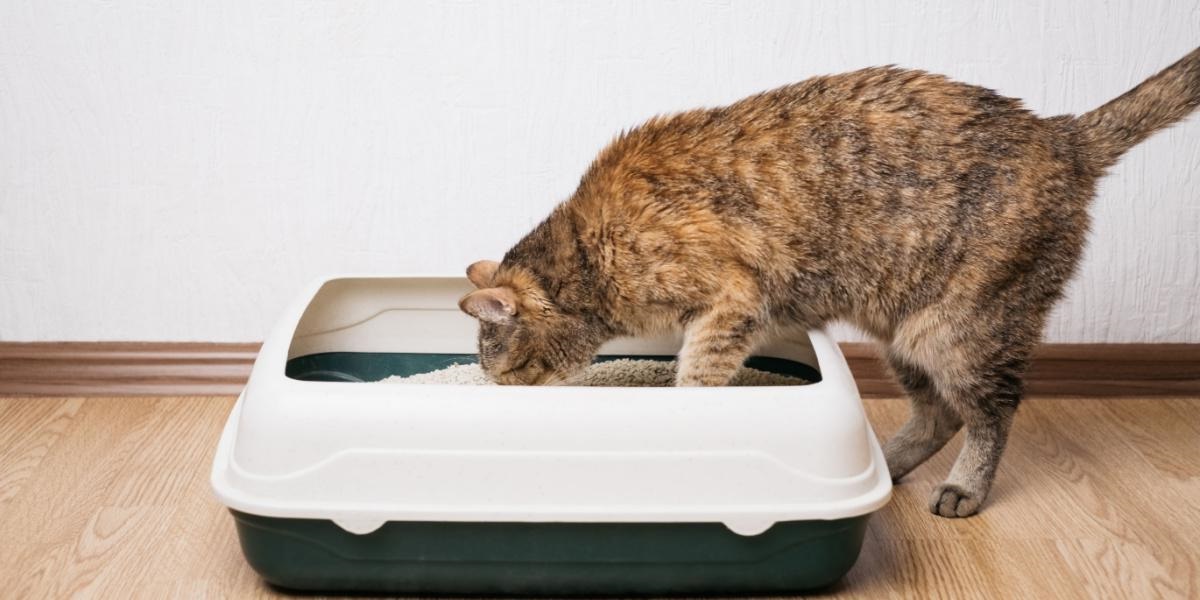
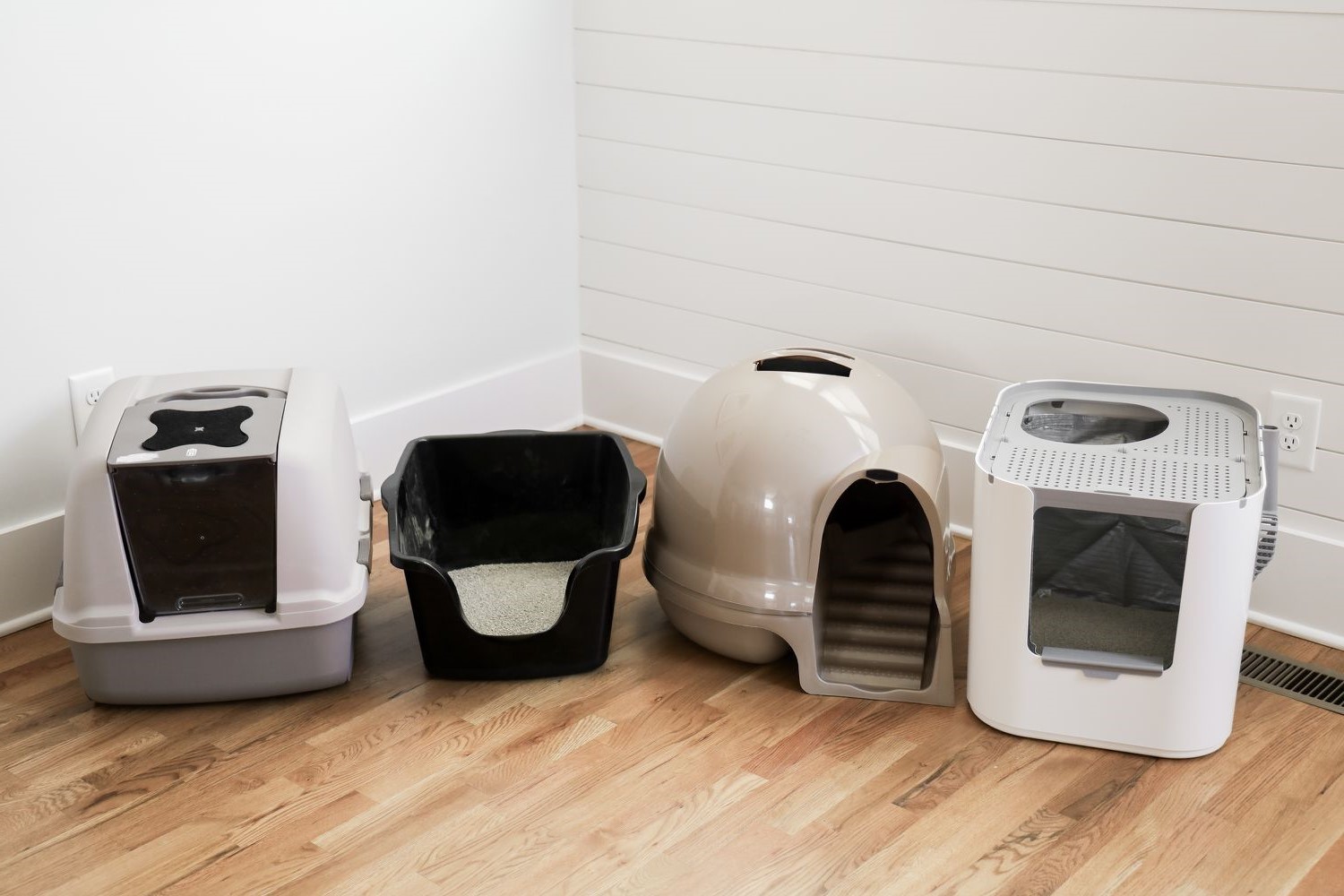

0 thoughts on “Where To Keep The Litter Box”